H2 Deck By Bold Name
h2 xxxxxx
H1 xxxxxx
h2 xxxxx

measurement
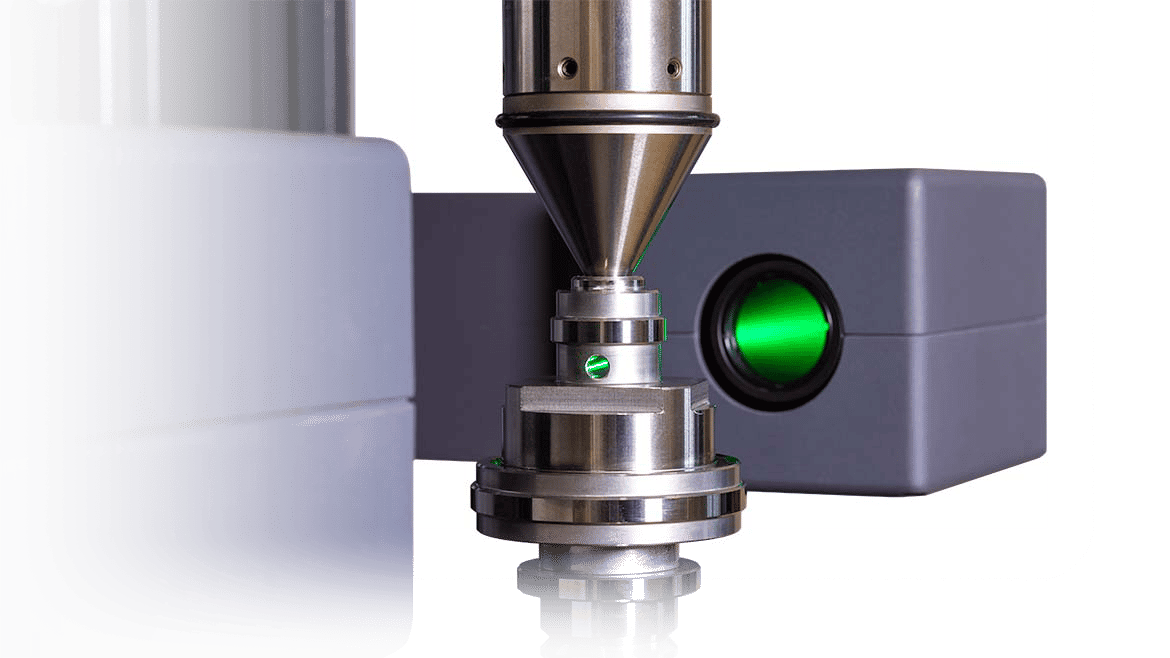
Shaft measurement instruments have become increasingly important in today’s manufacturing environment. By Lutz Berndt
Achieving Efficiency and Precision:
The Role of Universal Shaft Measurement Machines in Modern Manufacturing
measurement
H2 Deck Info By Paragraph Style Bold
Headline
The manufacturing industry heavily relies on precision, whether to ensure safety in critical applications or enhance the performance of cutting-edge technologies. As parts become more complex and applications more demanding, manufacturers are pushing the boundaries of what was once considered achievable.
As a result, shaft measurement instruments have become increasingly important in today’s manufacturing environment. Shafts are nearly ubiquitous in every mechanical system, with critical functions ranging from transmitting power to facilitating motion control. They contain many vital elements such as splines, tapers, grooves, threads, cams, and gears, which all have associated critical dimensions to allow mechanical systems to perform the function they were designed.
Highly accurate measuring systems are required to ensure the tightest tolerances are met—with increasing efficiency to keep costs down without compromising quality. That often means finding ways to do both simultaneously, such as bringing quality control to the shop floor to conduct in-line testing and adjust on the fly, as needed.
At the same time, manufacturers today want to utilize shaft machines for additional tasks, including measuring intricate features such as form, roughness, contour, and even gear features on the same machine. This has led to the development of new and more capable shaft measurement instruments with an expanded range of features and capabilities beyond their traditional scope of assessing diameters and distances.
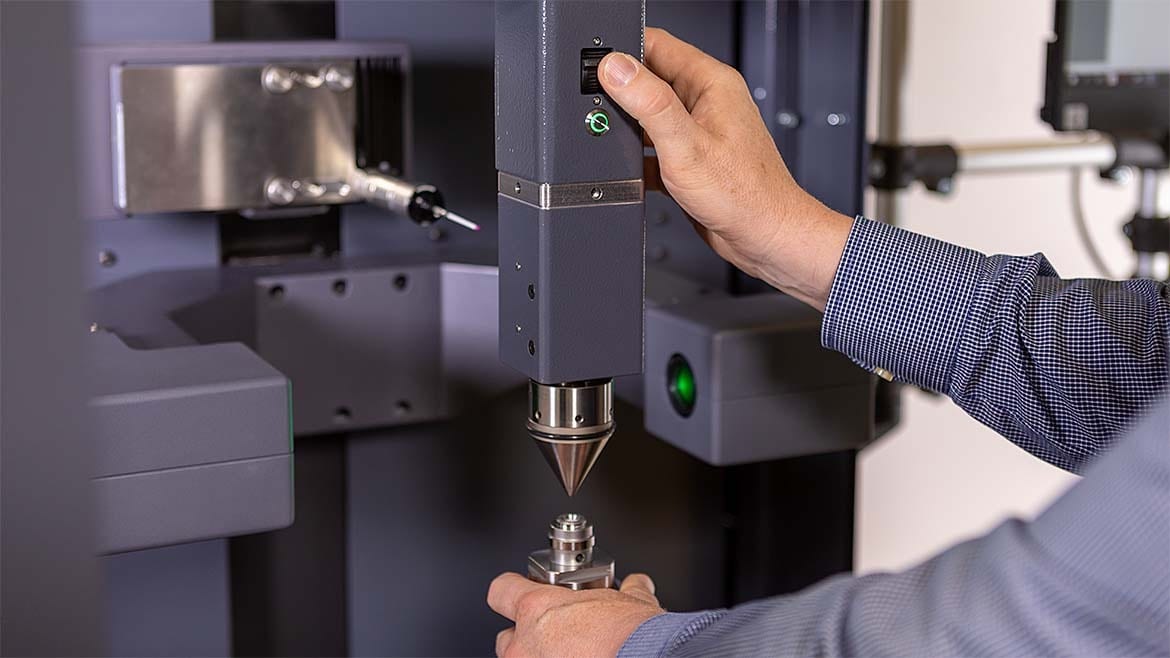
A motorized tailstock with clamp force monitoring, slip monitoring, and software control for robot loading/unloading of parts close to a production line.
A Look at the Latest Advancements in Universal Shaft Measurement Technology
The latest advancements in shaft measurement technology are reshaping the capabilities of measurement equipment with the move toward universal measuring machines. These modern machines combine CMM technologies with other metrology systems to provide a versatile solution for measuring rotationally symmetrical workpieces in production environments.
Integrating various measurement types into a universal shaft machine offers a highly efficient and effective solution for quality control on the shop floor. Users benefit from state-of-the-art flexibility, productivity, process reliability, and ergonomics with robust features, including optical and tactile measurement options, innovations such as built-in centering and tilting tables, automation capabilities, and enhanced data management.
Optical and Tactile Measurements on a Single Machine
High-resolution matrix array, or CCD cameras, ensure stable, precise, and accurate measurements at higher measuring speeds. However, while optical technology offers considerable advantages in terms of speed, its disadvantage is its limitation in capturing finer shapes like smaller radii and some part details since an edge/outside diameter (OD) point is defined by software and the determination of gray scales. Concavities or finer surface structures are impossible or difficult to detect.
Using multi-sensor technology, universal shaft measurement systems can now obtain extremely accurate optical and tactile measurements in a single setup. The inclusion of tactile probes makes measuring inside diameters (ID) possible, providing the advantage of higher precision and density in profile point measurements.
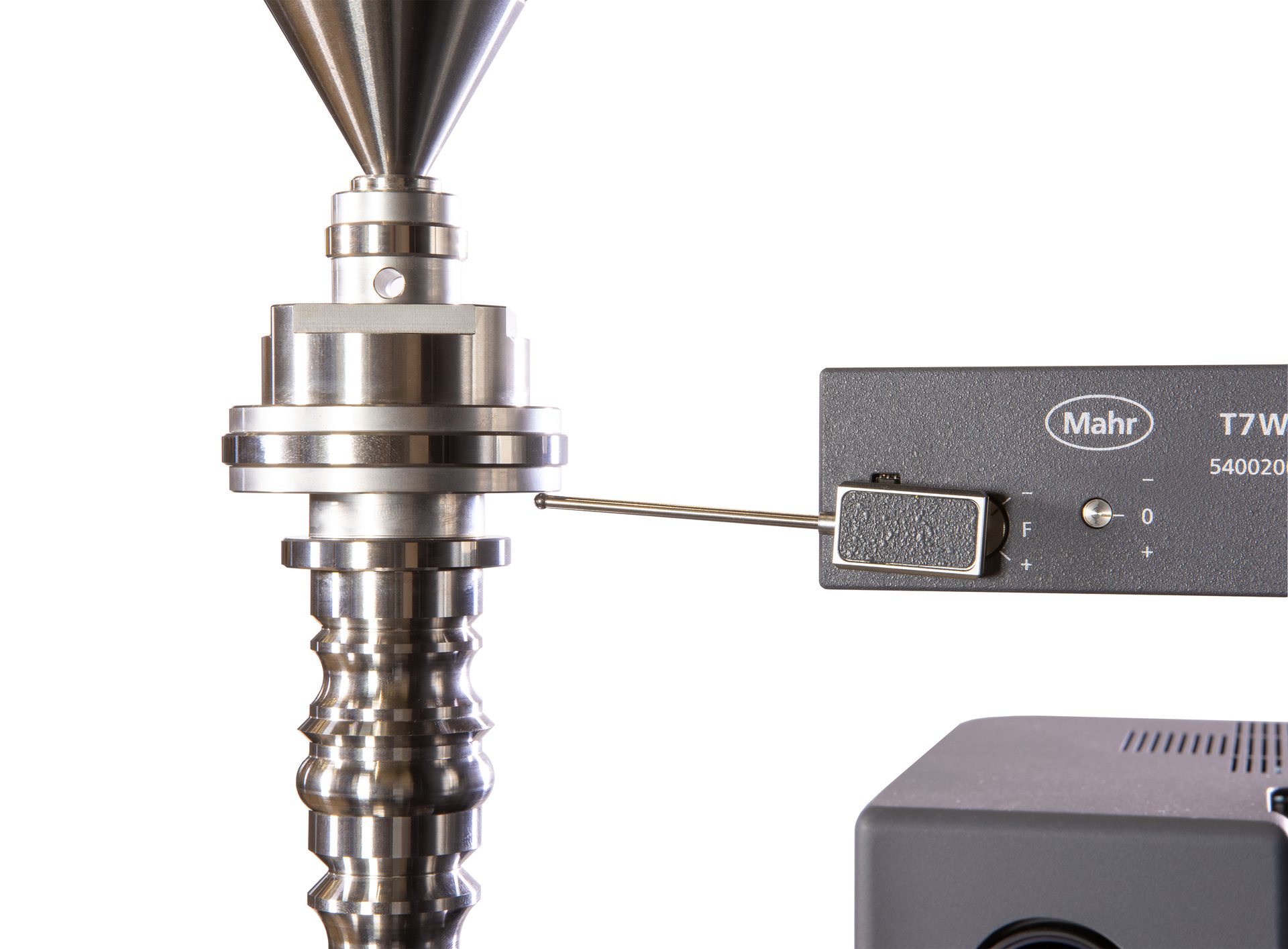
Probe systems are available as tactile options.

Caption
Centering and Tilting
Another major innovation is the addition of a centering and tilting table to the universal shaft measurement machine. Traditional shaft machines are primarily dedicated to parts that can be placed between centers that hold and align them for measurement. However, not all parts have two centers, and the resulting misalignment can cause measurement errors and make the process more time-consuming and difficult. A traditional piston is an excellent example of this type of application.
By adding centering and tilting technology typically found in form measurement machines, parts without centers can now be moved around so that the mechanical axis of the part and the axis of rotation of the machine are aligned to obtain the best measurement possible—with the option of conducting optical or tactile measurements as described above.
The inclusion of centering and tilting tables has made it possible to measure parts with much higher accuracy and smaller tolerances. This capability is highly significant as it opens up the entire field of shaft measurement to a new and expanded range of products, allowing for the measurement of parts that were previously impossible to measure with traditional shaft machines.
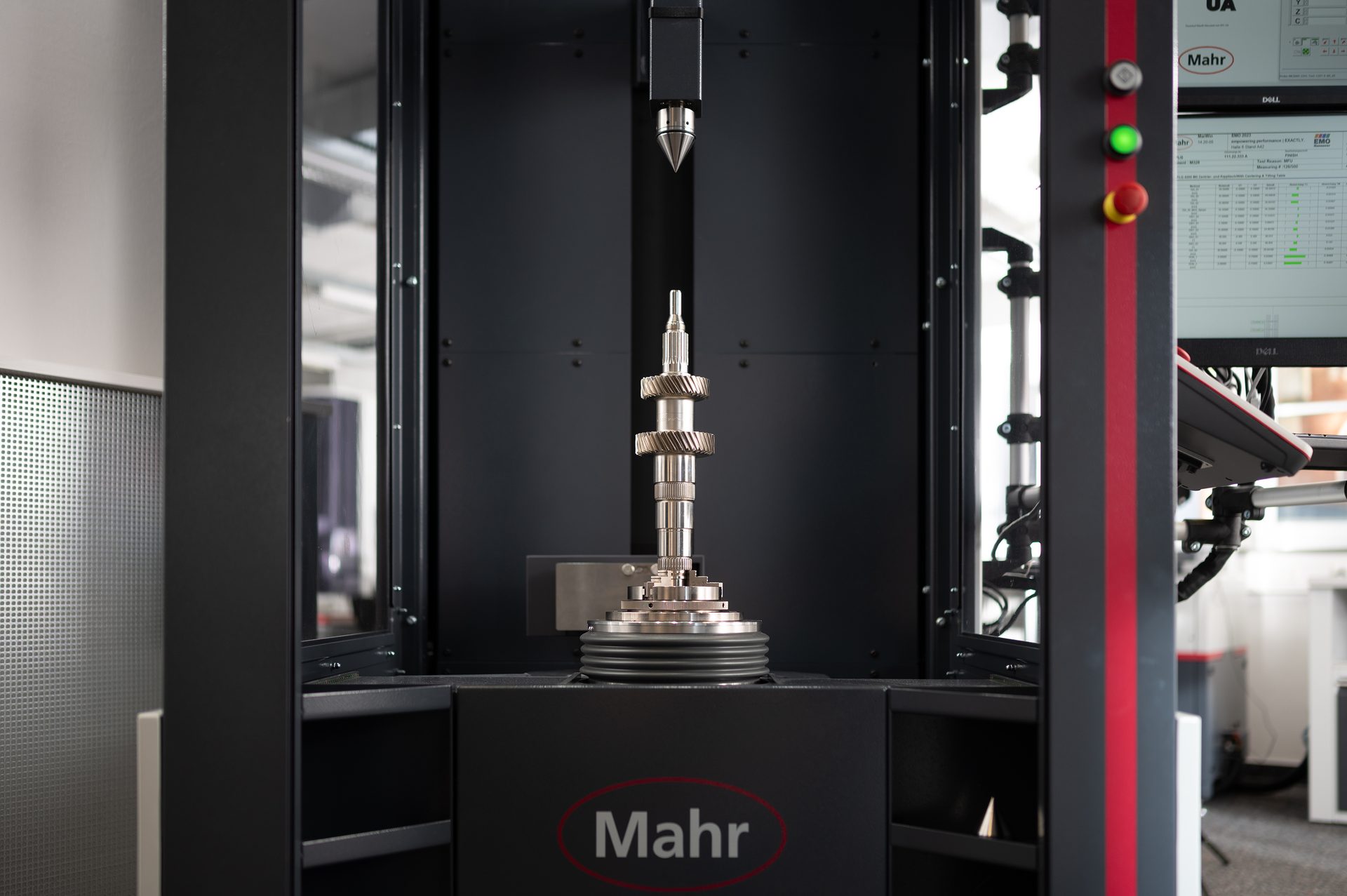
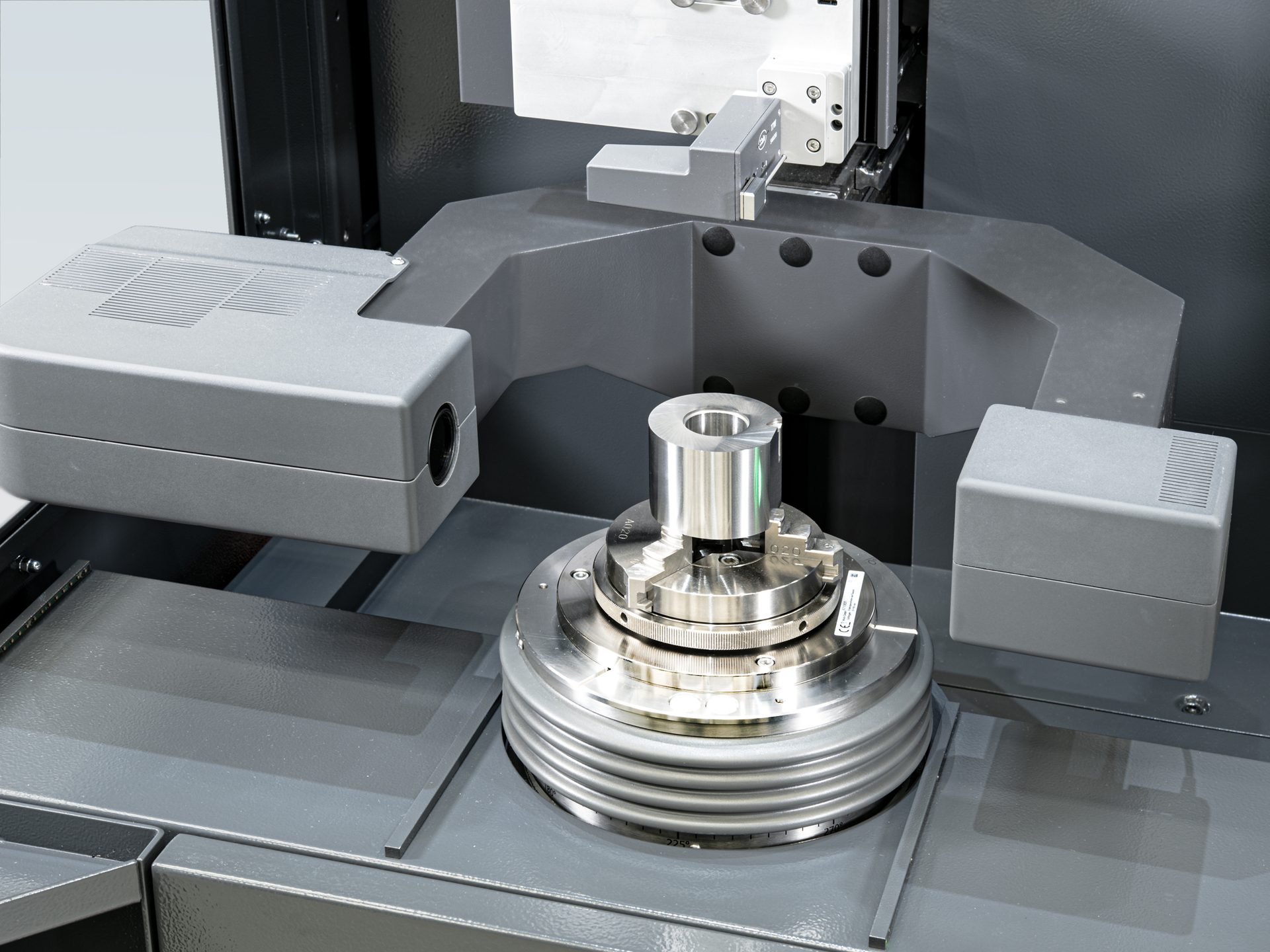
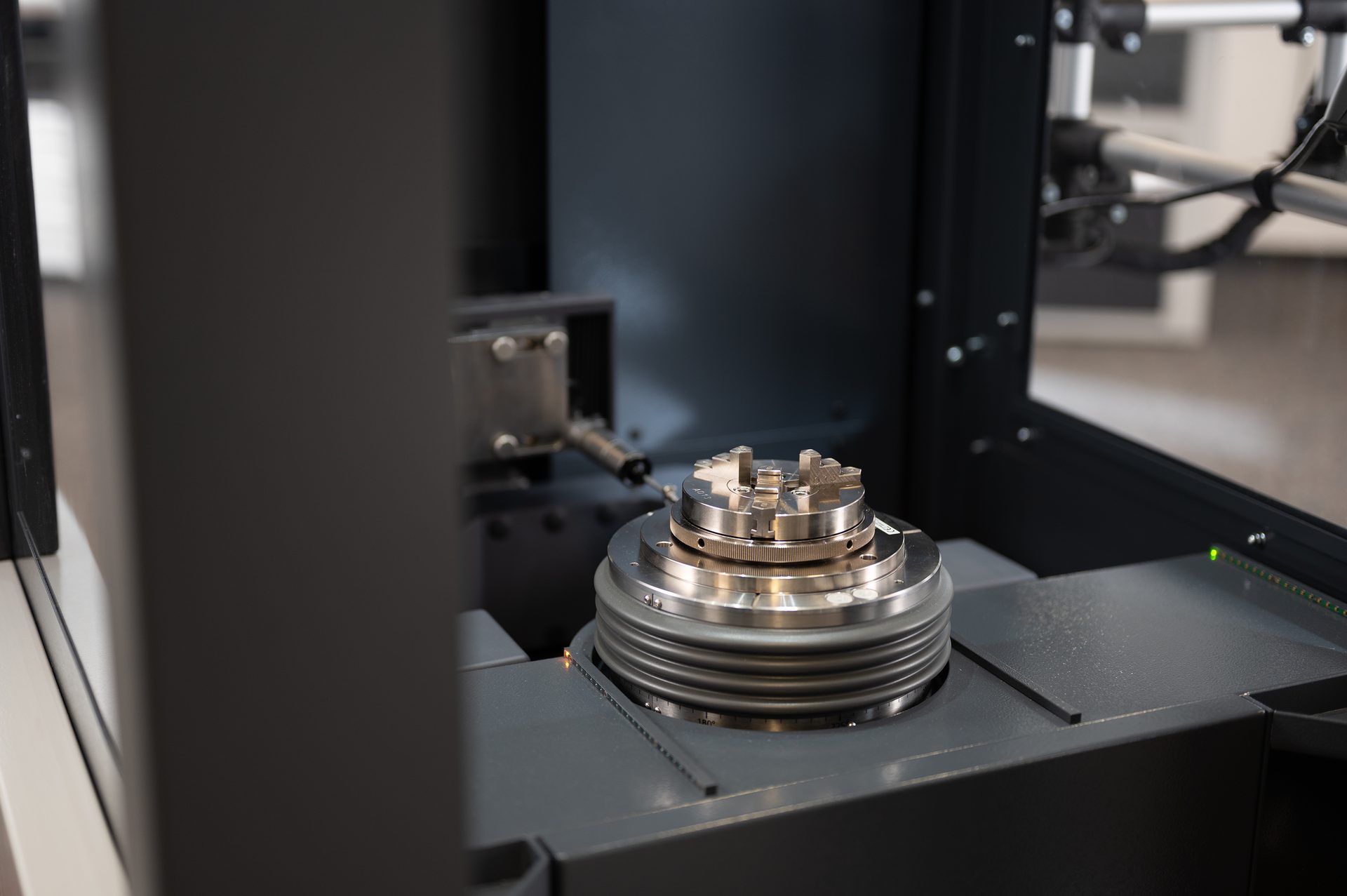
These are examples of a centering and tilting table. Inner bores and/or parts that cannot be clamped between centers can now be measured (for example, a three-jaw chuck). The combination of mechanical alignment and optical measuring compensates eccentrics of several millimeters down to 1 micron in less than 30 seconds. This ensures high-precision form measurements as well as optical measurements.
Automation
One of the biggest challenges today is the need for faster and easier-to-use machines that also minimize the reliance on skilled labor. As a result, automation has emerged as a driving force behind the evolution of shaft measurement technology.
With Industry 4.0 principles at the forefront, CNC-controlled shaft measurement machines offer enhanced efficiency and ease of use. Fully automatic measuring sequences can be performed in the lab or in the harsh environment of the shop floor, eliminating operator influence on measurement results. These systems enable highly accurate measurement of numerous characteristics in a matter of seconds, ensuring precision, quality, and high reliability in mechanically critical applications.
This type of machine also includes a motorized tailstock with clamping force monitoring for fast alignment without operator influence and an intuitive user interface with proven software programs. In addition, universal shaft measurement machines are built to effectively communicate with robotics systems for loading and unloading.
With these advanced capabilities, shaft measurement machines can be completely integrated into a fully automated process from loading to unloading and starting the measurement.
Advanced Data Management
Gathering and analyzing data from advanced shaft measurement machines can aid in quality control, process optimization, and traceability. In addition to traditional part measurement data, new universal shaft measurement machines incorporate technology that captures information such as barcode scanning of serial and lot numbers to provide a complete picture of each part’s history. Companies can make more informed decisions and improve their overall operations by collecting and analyzing this data.
Shaft measurement data also helps maintain compliance in highly regulated industries such as aerospace, defense, and medical devices. One of the key features of robust software solutions used to ensure compliance with stringent standards and regulations is user management is allowing for different user levels with varying degrees of access and capabilities. Everyday operators are typically limited to running programs, while quality engineers can modify programs and access more advanced features. This approach ensures that the measurement process remains consistent and accurate while allowing for flexibility and customization when needed.
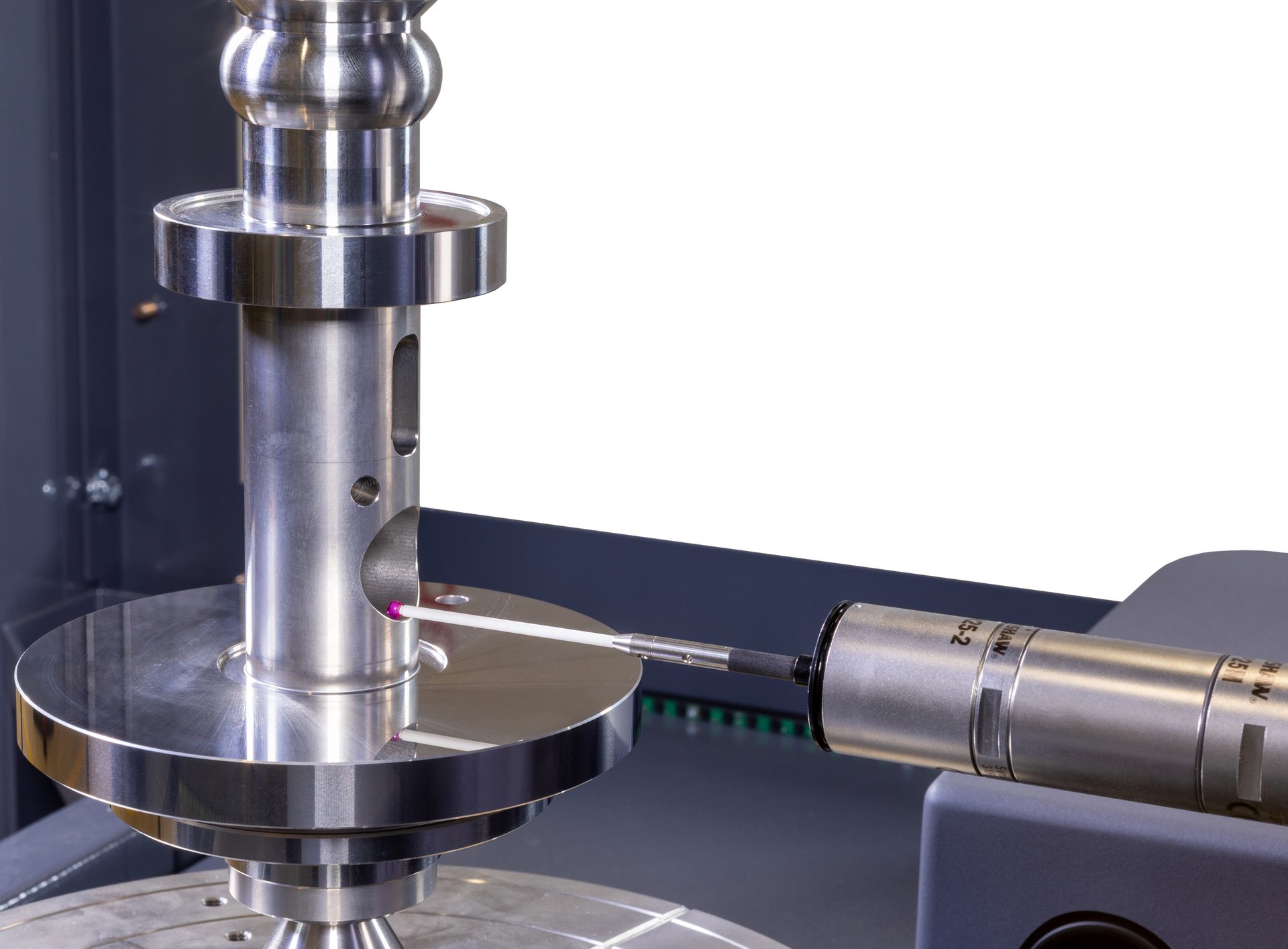
An example of a scanning probe. Blind holes or keyways up to a diameter or width of 40 mm can be fully measured, as well as form features, positions, diameters, and distances.
Applications of Universal Shaft Measurement Technology Across Industries
Industries such as automotive, aerospace, and medical equipment are embracing advancements in shaft measurement technology to replace manual or dedicated-use machines.For example, the electric vehicle (EV) boom has driven the need for tighter tolerances and increased precision in manufacturing, and the industry has very high demands on the mechanical accuracy of parts used in its vehicles.
Noise and vibration are significant factors in the performance of EVs and are generated by imperfections on the part. As a result, manufacturers are trying to minimize every possible impact to reduce noise and vibrations. Additionally, automotive manufacturers are concerned about energy losses due to friction and are striving to reduce parasitic losses throughout the drivetrain to increase the efficiency and range of the vehicle.
This is where shaft measurement technology comes in. Universal shaft measurement technology can efficiently measure complex geometries and tolerances of shafts and other parts to ensure accurate manufacturing. As a result, it has become an essential tool.
Similarly, in the medical field, precise measurement of cutting tools demonstrates the versatility and adaptability of modern shaft measurement systems. This type of tool is not a traditional application typically associated with shaft measurement technology, but measuring its shape is crucial to ensure that an implant, for example, is placed correctly and securely in the bone. Using a shaft machine allows medical manufacturers to replace the makeshift measurements previously made by several different tools with a more efficient and accurate process, ultimately creating a higher-quality product.
Conclusion
Tolerances are shrinking, and the intricacy of part features being measured is expanding beyond traditional parameters. Moreover, the relentless drive for efficiency and speed on the shop floor is reshaping the expectations for measurement equipment. Manufacturers desire integrated solutions that streamline processes, minimize downtime, and empower operators with user-friendly interfaces that optimize productivity.
As these trends continue, universal shaft measurement machines that are easy to program, perform efficient and highly accurate measurements, and can accommodate a wide range of parts are increasingly becoming the method of choice for the measurement of rotationally symmetrical workpieces in production—ensuring the utmost in quality control during production and unlocking new dimensions of precision in manufacturing.
